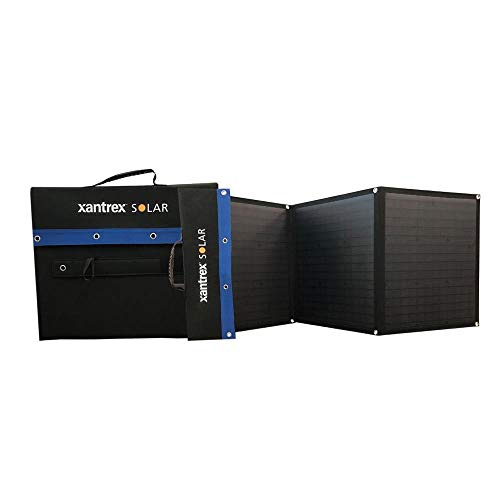CosmickGold
Well-known member
I tried to install this cutoff switch on my engine battery as shown. But....

When unscrewed a little to disconnect the circuit, the electrode connected to the wire can easily float up and touch the metal of the control screw, making contact again.

I must be seriously misunderstanding something, because they wouldn't be selling a switch so totally unreliable. Can someone fill me in on where I must be "brain dead" about this?

When unscrewed a little to disconnect the circuit, the electrode connected to the wire can easily float up and touch the metal of the control screw, making contact again.

I must be seriously misunderstanding something, because they wouldn't be selling a switch so totally unreliable. Can someone fill me in on where I must be "brain dead" about this?
Last edited:




































































